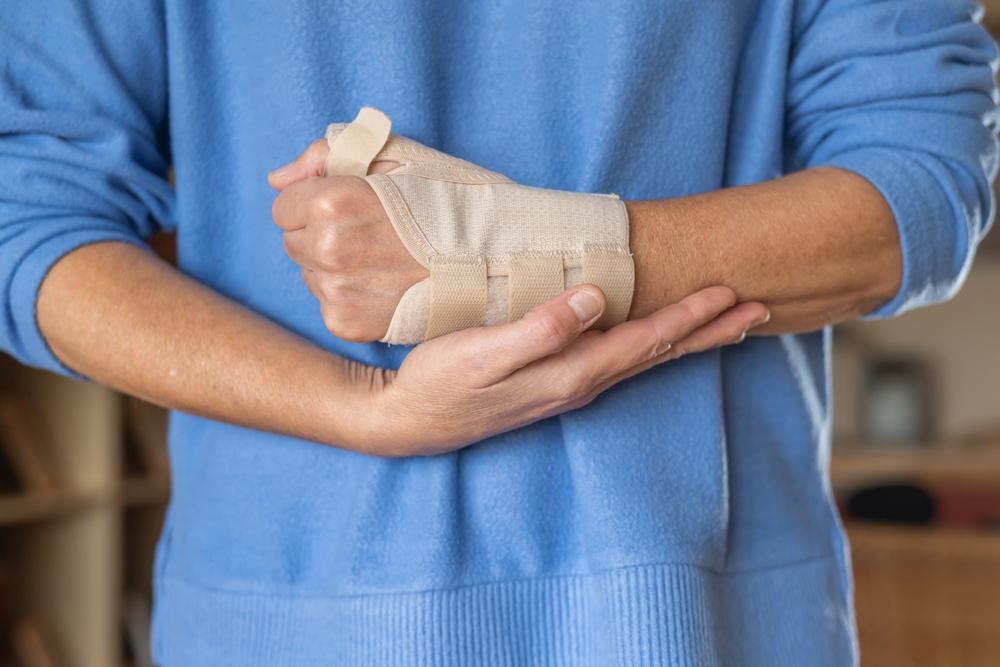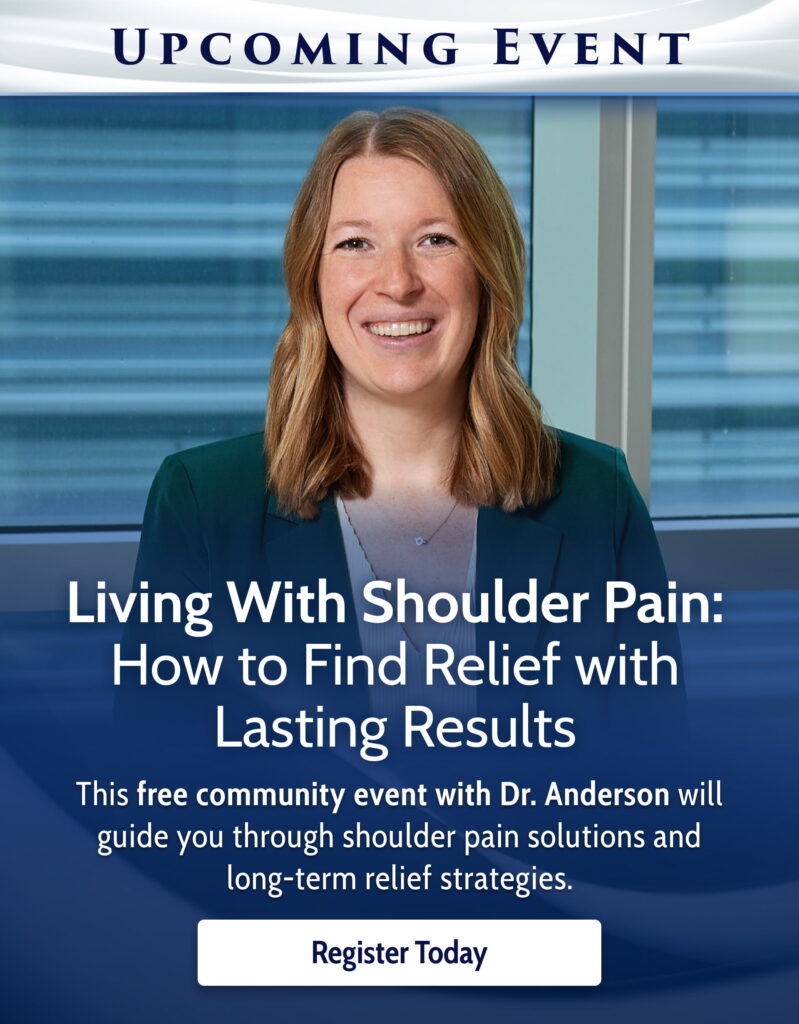Our hands and wrists are among the most important body parts we use every day, and since they’re constantly in motion, they can also get injured easily.
At OrthoUnited, patients have access to specialized care from experienced and knowledgeable hand and wrist experts like Christopher M. Gibbs, MD, our newest fellowship-trained orthopaedic hand surgeon. Dr. Gibbs treats hand, wrist, elbow, and shoulder conditions with a compassionate approach that helps patients regain function and quality of life.
Keep reading for key insights into injuries, causes, treatments, and recovery options from Dr. Gibbs!

Types of Hand and Wrist Injuries
Injuries often reflect changes in lifestyle and trends in society. Dr. Gibbs notes that accidents from motorized scooters or e-bikes, excessive cellphone usage, and the growing popularity of pickleball have all contributed to increased hand and wrist problems in recent years.
When asked about the range of injuries he usually treats, Dr. Gibbs mentioned the following:
- Fractures: Broken bones in the arm, ranging from the clavicle (collarbone) to the fingers.
- Joint Damage: Overuse, arthritis, or trauma that harms small and large joints in the fingers or thumb, wrists, elbows, or shoulders.
- Vessel Damage: Blood vessels damaged by disease or trauma, such as cuts.
- Nerve Damage: Nerve compression, such as carpal tunnel syndrome, or traumatic nerve injuries.
- Tendon Damage: Lacerations, ruptures, or overuse injuries.
- Wounds: Wounds on the hand requiring skin grafts or flaps to cover exposed structures.
Risk Factors and Activities That Contribute to Hand and Wrist Issues

Repetitive Use/Overuse
Hand and wrist issues do not always stem from one sudden accident. Dr. Gibbs explains that repetitive motions, especially in non-ergonomic positions or under consistent vibration, strain muscles, tendons, and nerves. Think prolonged typing, assembly line work, or the use of vibrating tools.
Medical Conditions
Medical conditions like diabetes or thyroid disorders may make joints and nerves more susceptible to injury or degeneration. Age and sex are additional factors, as arthritis and carpal tunnel syndrome become more common with age and may affect women at higher rates.
Sports & Physical Activity
Sports and hobbies also play a role. While the benefits of physical activity, including cardiovascular health and stress relief, likely outweigh the risks of musculoskeletal injury, participating in activities may cause injury. Regular exercise, attention to proper form, and warming up before activities are strategies to help reduce the risk of musculoskeletal injury.
Treatment Options for Hand and Wrist Injuries
When treating hands and wrists, Dr. Gibbs’ recommendations depend on several factors, such as the patient’s age, activity level, and personal goals.
For sudden injuries such as fractures, surgery may be essential to restore function and prevent long-term problems like arthritis. For chronic or degenerative conditions like tendonitis, Dr. Gibbs typically considers surgery only after trying non-surgical options.
- Non-Surgical Treatments: May consist of activity modifications, physical therapy, medications, braces or splints, steroid injections, and R.I.C.E. (rest, ice, compression, elevation).
- Surgical Treatments: Surgeries may include microsurgical procedures such as nerve or vessel repair, tendon reconstruction, or full joint replacements like reverse total shoulder arthroplasty.
Recovering From Hand and Wrist Injuries

Recovery for patients who undergo hand or wrist surgery usually involves a combination of activity limitation and therapy.
Limited Activities
Recovery time generally varies depending on the type of injury and the procedure performed.
For less invasive surgeries, activity restrictions are necessary for only a few days to weeks. Most patients can return to most regular activities within a month, though complete healing may take longer.
For more complex procedures, recovery may extend to six months or even years. Patience and adherence to the treatment plan are fundamental.
Physical and Occupational Therapy
According to Dr. Gibbs, the success of certain surgeries relies heavily on a patient’s commitment to therapy afterward. Skilled therapists guide them through exercises to restore motion, strength, and dexterity.
Without therapy, even the best outcomes can fall short. Both active participation from the patient and skilled knowledge and expertise from the therapy team are vital.
Dr. Gibbs’ Advice on Preventing Issues
Prevention is just as valuable as treatment. Dr. Gibbs says simple adjustments to your daily habits can go a long way in protecting your upper extremities. A few helpful suggestions include:
- Be Mindful of Wrist Positions: Keeping the wrist in a neutral, straight position to reduce stress on delicate structures may help prevent pain or other symptoms.
- Use Proper Ergonomics: Consider using ergonomic keyboards, wrist supports, and well-positioned monitors. Align your arms and hands during long hours of computer or phone use.
- Take Breaks: Short pauses to stretch, strengthen, or rest your wrists give your muscles and tendons time to recover.
- Do Strengthening Exercises: Gentle workouts for the hands and wrists improve flexibility, maintain strength, and enhance endurance.
- Manage Underlying Medical Conditions: For instance, controlling blood sugar levels in diabetes supports healing after injury.
See an OrthoUnited Hand & Wrist Specialist Today
“Where can I find the best hand doctor near me?”
Your hands and wrists deserve expert care. Turn to OrthoUnited and Christopher M. Gibbs, MD, for advanced treatments and recovery.
If you’re experiencing pain, numbness, or limited function, don’t wait. The sooner you correct what is wrong and fix what is damaged, the more you can do what you love to do.
Schedule an appointment with Dr. Gibbs at OrthoUnited today to address your hand or wrist issues and get on a path to recovery.
